Please select root levels for the menu
NZ Plants
Cones of native conifers
Dry woody cones of kauri (Araucariaceae) and the cedars (Cupressaceae)
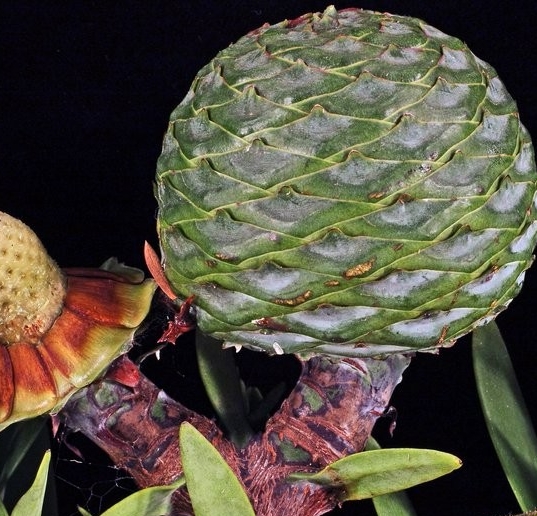
Agathis australis, kauri - Mature seed cones are spherical, woody and 5-8 cm diam. and contain hundreds of fertile scales (right). As the cone dries out, the the fertile scales with seeds drop off leaving just the central axis (left).
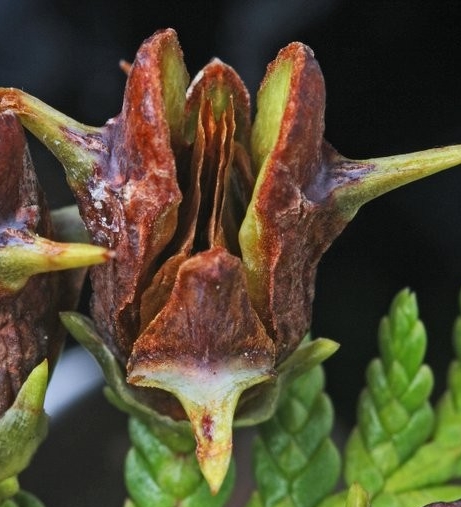
Libocedrus plumosa, kawaka - The seed cones are ovoid, woody and 1-1.5 cm long and contain four fertile scales each bearing a single spine. When ripe, the cone opens releasing the winged seeds.
Fleshy cones of the podocarps (Podocarpaceae)
The cones of this family of native conifers are very small and reduced to a few ovule-bearing scales. Fleshy tissue is derived from either the epimatium (fused cone scale and seed covering or integument) or derived from the stalk (receptacle) below the seed.
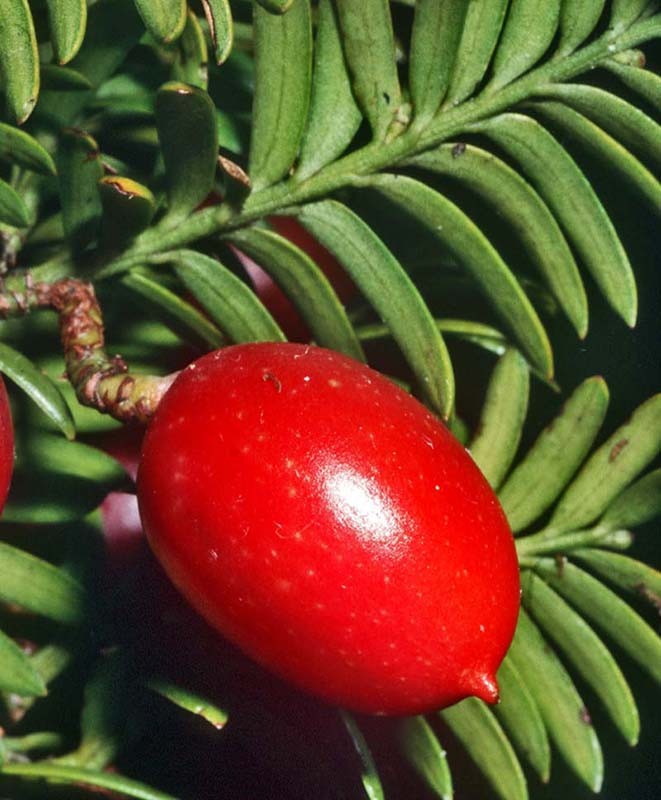
Prumnopitys ferruginea, miro- The single seed is wrapped in flesh (epimatium) derived from a cone scale and integument.
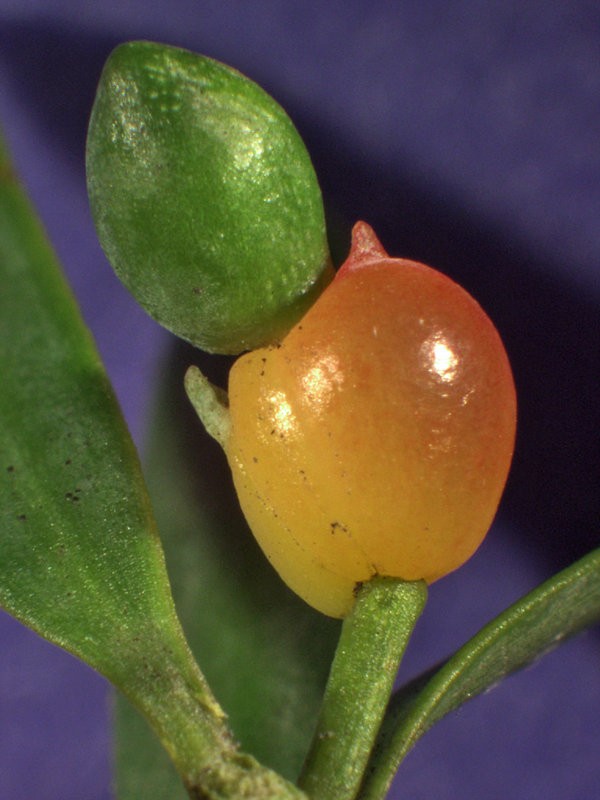
Podocarpus totara, totara - The seed is exposed at the tip of a red fleshy receptacle.
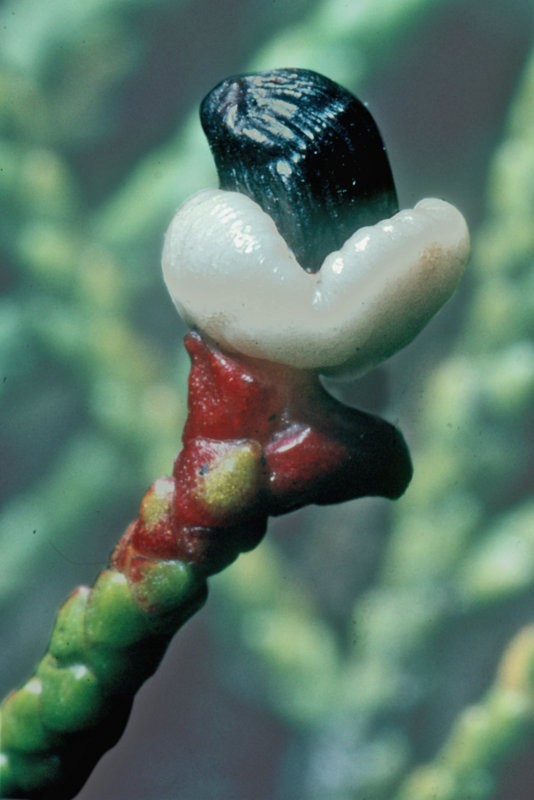
Halocarpus bidwillii, bog pine - The exposed seed is nestled in a white fleshy receptacle.
